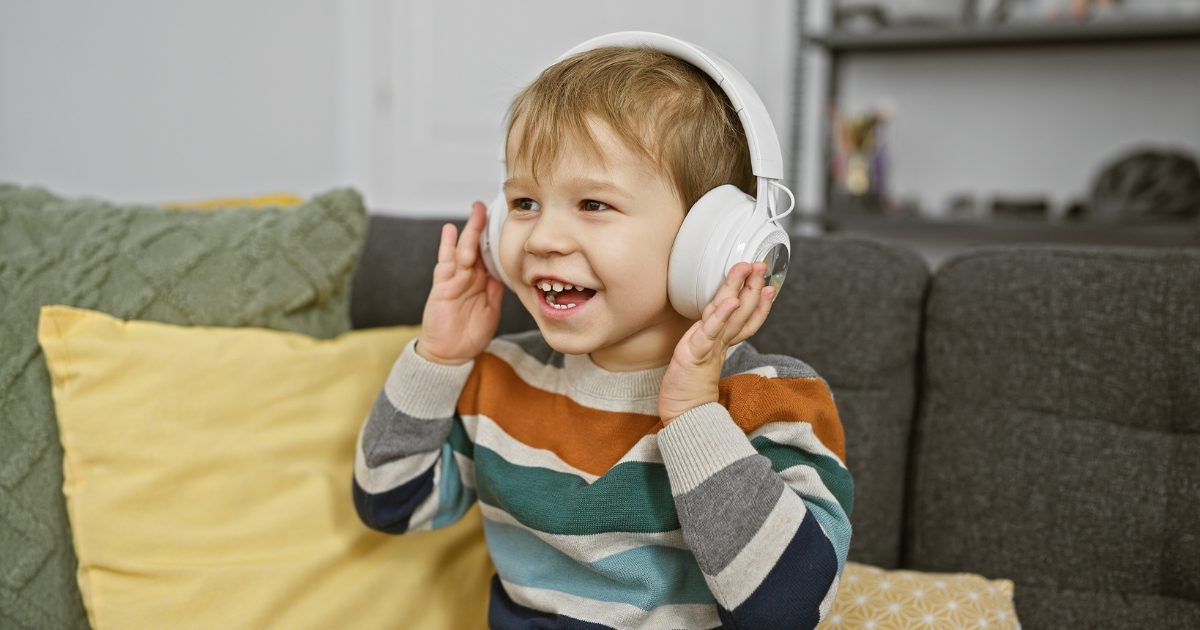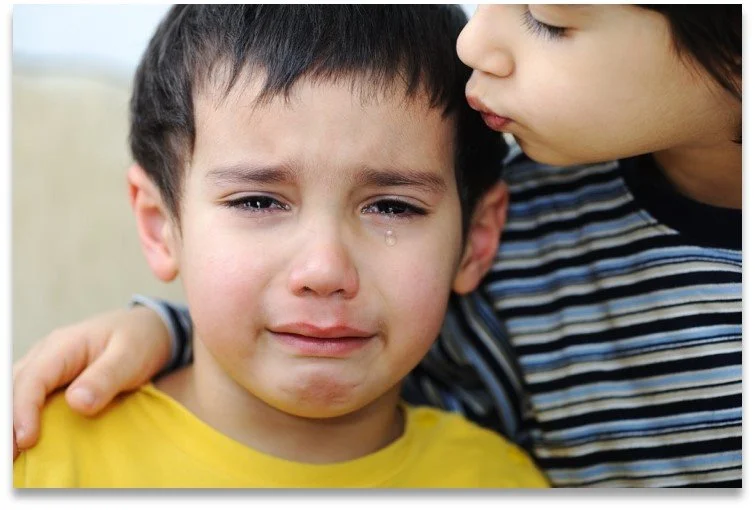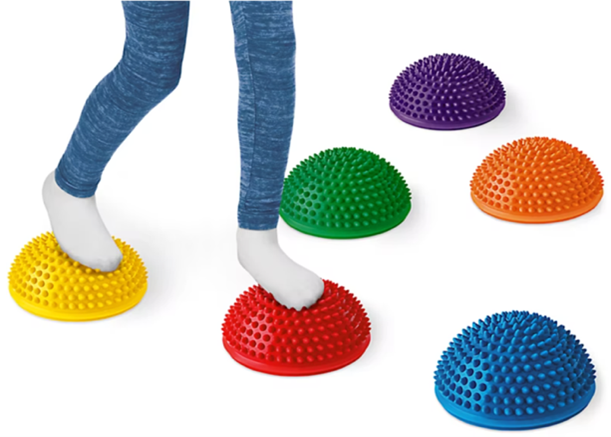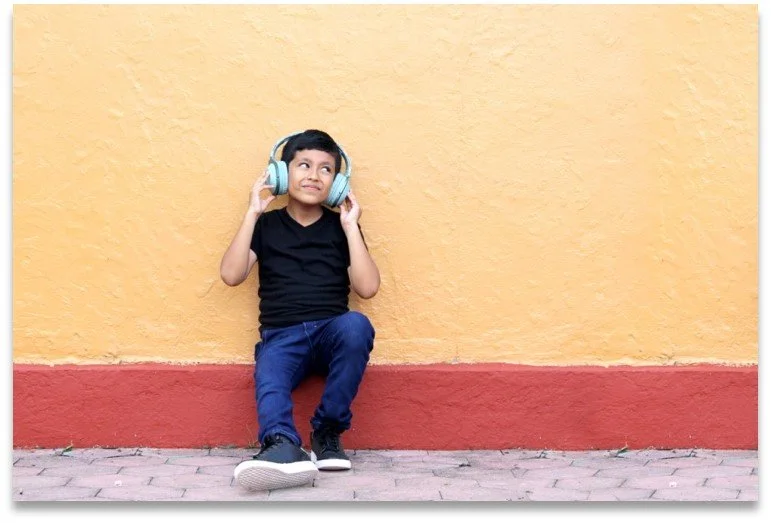Don’t Wait, Regulate! Emotional Regulation Strategies for Children with Autism: A Practical Guide for Parents
Guest Post by Ruth Prystash, Autism Specialist & Advocate, in Collaboration with Autism Moving Forward and Lakeshore Learning, as Part of Behavior Frontiers’ Bright Futures Series
When the term regulation first gained broader use, it offered more than a new therapeutic concept—it was an ah-ha moment for many of us. It gave families and professionals language for something many had observed in children but didn’t always know how to describe (often referred to as meltdowns, outbursts, tantrums, or behavioral episodes). Emotional regulation is a skill that helps all human beings manage life’s ups and downs, no matter their age or background. For children with autism, learning to recognize and respond to internal emotional states can be especially valuable in navigating daily environments more comfortably and successfully.
This guide focuses on emotional regulation strategies for children with autism, though these tools and concepts can be beneficial for all children as they grow and develop.
What is Emotional Regulation?
Emotional regulation refers to the ability to manage big feelings and behaviors in response to internal or external events. Many of us naturally use strategies such as soothing repetitive movements, routine-based coping, or internal monitoring. However, when these strategies aren’t enough, our stress can take over, leading us to feel overwhelmed. This is dysregulation. When this happens, we lose the ability to think and communicate clearly. Dysregulation can be triggered by many things: unforeseen events, unexpected changes, sensory overload, hunger, fatigue, and more!. It's a common part of human development, and learning how to work through these moments is a valuable life skill.
Why It’s Especially Important for Children with Autism
We all naturally use emotional regulation to help us ride out life’s rollercoaster. As adults, we use strategies that we have acquired over time. For example, sometimes we use food and beverages to regulate ourselves. We take a nap. We shake our feet. We use our phones to keep track of our schedule. Or we use self-talk to remind ourselves that we’ve done tough things before and that the current situation will be over soon.
Children, on the other hand, are still learning these strategies. When children get dysregulated, especially neurodivergent children, emotions can feel intense. Dysregulation in a child can manifest in many ways: heightened energy, fatigue, or withdrawal. Children with autism may have more difficulty identifying how they feel and can become visibly distressed by sudden changes or overwhelmed by sensory input in ways that others might not recognize. This may lead to behaviors like pacing, scripting, appearing withdrawn, or overly energetic. These are often signs of dysregulation, not misbehavior.
Helping children with autism build regulation skills can empower them to feel more secure and better equipped to thrive in home, school, and beyond.
Step One: Identifying Emotional States
So how can you best support a neurodivergent child in learning to regulate their emotions?
The first step is helping them notice how they feel. While that may sound simple, identifying internal states—especially subtle shifts—can be challenging for many children with autism.
A helpful tool to support this process is an emotional scale, like the Wave Watch Scale in How to Surf the Waves by Tracey DeMaria. These scales use images, colors, or numbers to represent the intensity of emotions. They offer a concrete, visual way to understand abstract concepts. Rather than asking a child to select a word to describe their emotions (i.e., frustrated or overwhelmed), these visuals allow them to identify how they’re feeling by visually comparing emotional states. This can make self-awareness more accessible—especially for children with autism or children who have difficulty expressing or labelling emotions. In addition, videos or books like Lakeshore’s Theo’s Mood Storytelling Kit can also help children identify how they are feeling.
Step Two: Introducing Regulation Tools
Once a child can recognize and express how they're feeling—whether calm, stressed, happy, beginning to feel unsettled, or nearing a more intense state—you can introduce regulation tools that help restore balance.
For example, suppose a child’s tablet suddenly powers off. They begin breathing quickly, rocking, or scripting video dialogue. Help the child identify their current state (you can use helpful tools like an emotion slider from Lakeshore if desired), then present them with choices of regulation tools. Regulation tools might include listening to their favorite music, using a fidget toy, playing with sensory sand or water, or using a visual timer to count down the minutes it will take for the device to be ready again. Afterwards, you can check in with the emotion scale and see if the tools are helping.
Step Three: Building a Personalized Toolbox
Children with autism may need some support discovering which regulation tools work best for them. Some helpful tools and strategies include:
Sensory tools – headphones, swings, bouncing on a ball, weighted lap pads, deep pressure massage, or movement breaks
Cognitive supports – self-talk scripts, visual timers or countdown timers, first/then visuals, or advance warnings about transitions
Communication strategies – asking for help, requesting a break, or letting someone know how they feel
Creative tools – drawing, journaling, music, or quiet spaces
Some neurodivergent children may use repetitive behaviors like hand-flapping, rocking, or pacing to help regulate their sensory or emotional state. While these may look unfamiliar to others, they often serve an important self-regulatory function and shouldn’t be discouraged, if they are not harmful.
Modeling and Practicing Together
Being aware of their emotional state and understanding how they can use tools and strategies to help regulate themselves are powerful tools for a child. But it’s important to remember that learning emotional regulation takes time and consistent practice. We as adults, parents, and caregivers can support them by modeling strategies, practicing together during calm moments, and offering gentle coaching in more difficult ones.
The goal over time is for children to use these tools with increasing independence. Here are three key steps to keep in mind:
Notice signs early – Pay close attention to the child’s behavior and body language that signal rising stress.
Label what’s happening – Use visuals or simple words to help name the emotion, to identify when things are starting to get stressful.
Offer helpful tools – Introduce familiar, rehearsed strategies the child has responded to in the past.
Start Sooner, Not Later
Awareness is always the first step and supporting self-regulation is most effective when done proactively, before emotions become too overwhelming to manage. With regular practice and support, children with autism can build a personalized and effective set of tools to help them feel more confident and in control.
A helpful analogy: Think of regulation like riding a bike. Too much one way and you tip over, but with the right balance and support, a child can move forward smoothly. It takes practice—but the independence it brings is powerful. Regulation isn’t about perfection; it’s about providing the support and structure children need to feel successful. So don’t wait, regulate!
About the Author
Ruth Prystash is a long-time autism specialist and parent trainer, and a passionate advocate for neurodivergent children and their families. She also is a writer and co-owner of Autism Moving Forward, a resource company for neurodivergent individuals that believes in treating people with respect and the importance of having fun!






